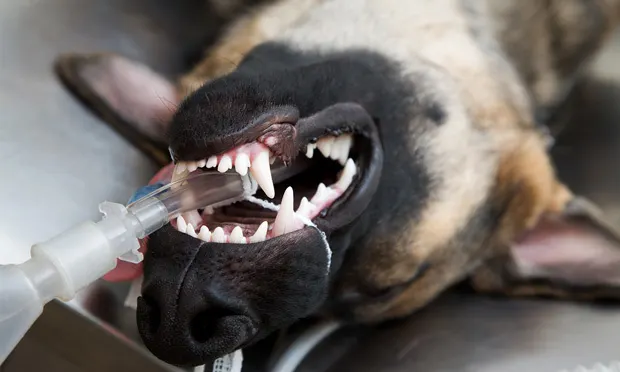Anesthesia Quiz
ArticleLast Updated July 20141 min readWeb-Exclusive

This self-quiz reviews 5 different aspects of anesthesiology in the small animal patient. For a complete discussion, refer to the linked article in the correct answer of each question.